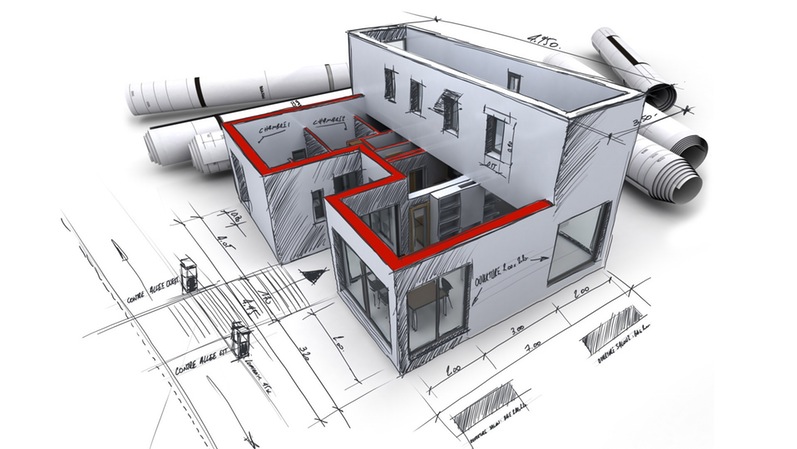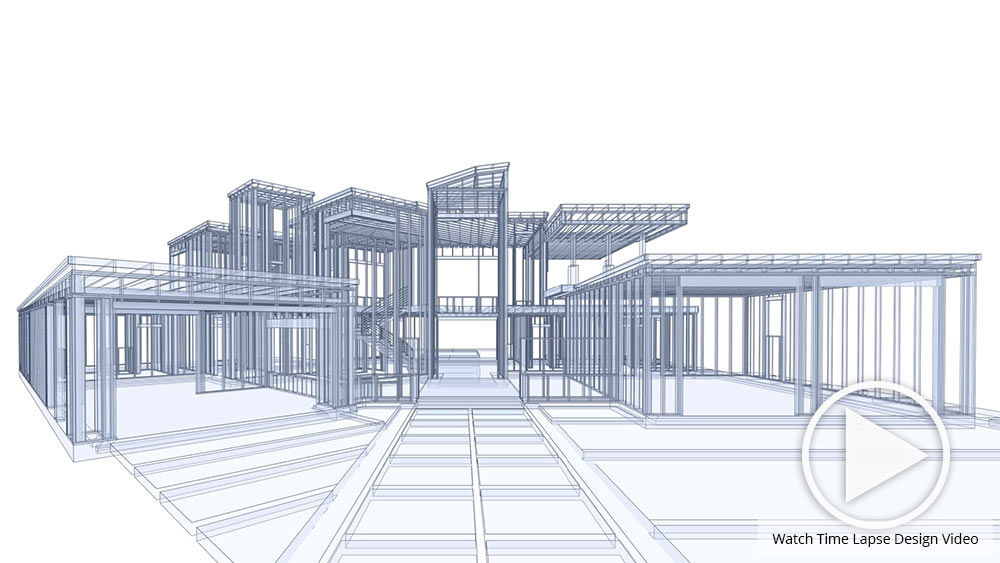Why CDA Architects Are Leaders in Architectural Layout and Technology
Why CDA Architects Are Leaders in Architectural Layout and Technology
Blog Article
An Extensive Introduction of Architectural Styles and Their Influence on Modern City Planning and Development
Architectural designs have actually long offered as a mirror to the societal worths and technological innovations of their time, playing a critical function in shaping modern-day city planning and growth. From the magnificence of Neoclassicism to the utilitarian strategy of Brutalism, each style has actually introduced one-of-a-kind ideas that affect metropolitan aesthetic appeals and functionality.
Historic Overview of Architectural Designs
Throughout history, building styles have advanced in action to social, technological, and ecological factors. Each period mirrors the dominating values, ideas, and improvements of its time, leading to an abundant tapestry of design that symbolizes human creativity and adjustment. The ancient human beings, such as the Egyptians and Greeks, developed foundational styles that stressed proportion and proportion, serving both useful and visual purposes.
As societies transitioned with the Center Ages, Gothic architecture emerged, defined by its verticality and detailed detailing, mirroring the spiritual ambitions of the period. The Renaissance noted a resurgence of classic perfects, combining art and architecture in innovative methods that affected succeeding designs throughout Europe.
The Industrial Transformation presented brand-new products and construction strategies, motivating activities like Innovation, which tested standard kinds and embraced simplicity and performance. The 20th century saw a diversity of styles, with Postmodernism reacting against the plain minimalism of its predecessor, integrating historical referrals and diverse components.
Today, building designs proceed to progress, driven by globalization and sustainability problems, mirroring a vibrant interplay between heritage and advancement. This historical introduction underscores the significance of architecture as a mirror of social advancement and as a driver for metropolitan development.
Key Architectural Styles Explained
The diversity of architectural styles reflects the myriad influences that form our built environment, each personifying unique features and social significances. Key architectural styles include Classic, Gothic, Baroque, Innovation, and Postmodernism, each standing for special historical contexts and aesthetic viewpoints.
Classic design, rooted in old Greece and Rome, stresses balance, percentage, and the use of columns. On the other hand, Gothic design, flourishing in the Center Ages, is characterized by sharp arcs, ribbed vaults, and flying buttresses, developing an ethereal high quality in cathedrals. Baroque style, emerging in the 17th century, is marked by majesty, elaborate embellishment, and a dynamic interaction of light and darkness.

Comprehending these designs offers insight right into the social narratives and technological developments of their respective ages, highlighting exactly how design serves not just as a sanctuary, but as a reflection of social values and goals.
Influence On Urban Planning
In forming the advancement of cities, building styles dramatically influence city planning decisions. The selection of building style usually dictates the aesthetics, performance, and total character of metropolitan atmospheres.
Additionally, building designs can impact zoning guidelines and land make use of policies. Urban coordinators have to consider the dominating architectural patterns when creating areas, guaranteeing that brand-new growths harmonize with existing structures. This consideration fosters natural city landscapes and enhances neighborhood identification.
The execution of specific architectural styles can likewise influence socioeconomic aspects within a city. High-end contemporary designs may attract affluent locals helpful resources and companies, leading to gentrification, while much more budget-friendly real estate solutions could prioritize functional and sustainable styles to accommodate diverse populations. Ultimately, the interplay in between building designs and metropolitan planning creates vibrant cities that mirror both historical context and modern demands, forming the lived experiences of their occupants.
Sustainability and Modern Design
Architectural styles play a pivotal role in addressing contemporary obstacles, especially in the realm of sustainability. As urban locations broaden and ecological problems intensify, modern-day architecture increasingly embraces lasting style principles that focus on energy efficiency, source conservation, and minimal eco-friendly effect.
Contemporary architectural activities, such as biophilic style and eco-friendly architecture, advocate for structures that balance with their surroundings, using natural products and promoting biodiversity - cda architects. These designs typically incorporate renewable resource sources, such as photovoltaic panels and go to this website wind turbines, to lower reliance on nonrenewable fuel sources and lower carbon impacts
Furthermore, the assimilation of sophisticated technologies, such as wise building systems, improves power administration, maximizing resource use while ensuring passenger comfort. Ingenious water management methods, consisting of rainwater harvesting and greywater recycling, additional add to sustainable metropolitan environments.
Especially, sustainability extends beyond ecological issues; it incorporates social and economic dimensions also. By fostering neighborhood health and advertising inclusivity, modern building designs align with sustainable advancement objectives. Subsequently, the evolution of architectural methods proceeds to form durable cities that not just fulfill the needs of today however likewise secure the future for generations ahead.
Area Engagement in Layout
Community engagement in design acts as a critical bridge in between engineers and the populaces they offer, making sure that the built environment mirrors the needs and goals of its customers. This joint procedure welcomes area participants to add their understandings and choices, promoting a sense of ownership and responsibility towards the rooms they populate.
Efficient area involvement uses numerous methods, such as workshops, studies, and public discussion forums, to collect diverse perspectives (cda architects). These strategies assist in a two-way discussion, allowing architects to recognize regional contexts while empowering homeowners to articulate their issues and desires. This inclusivity not only enhances the layout high quality but additionally promotes social equity by addressing the one-of-a-kind difficulties faced by marginalized groups

Conclusion
Architectural navigate here styles have profoundly influenced modern city planning and development, reflecting evolving cultural and technological contexts. The combination of historical appearances with modern demands cultivates city atmospheres that prioritize sustainability and neighborhood engagement. As cities proceed to expand and adjust, the continuous dialogue between building heritage and modern-day style principles will remain essential in developing comprehensive, lively areas that improve quality of life and advertise social equity. The future of city advancement depend upon this unified equilibrium.
Report this page